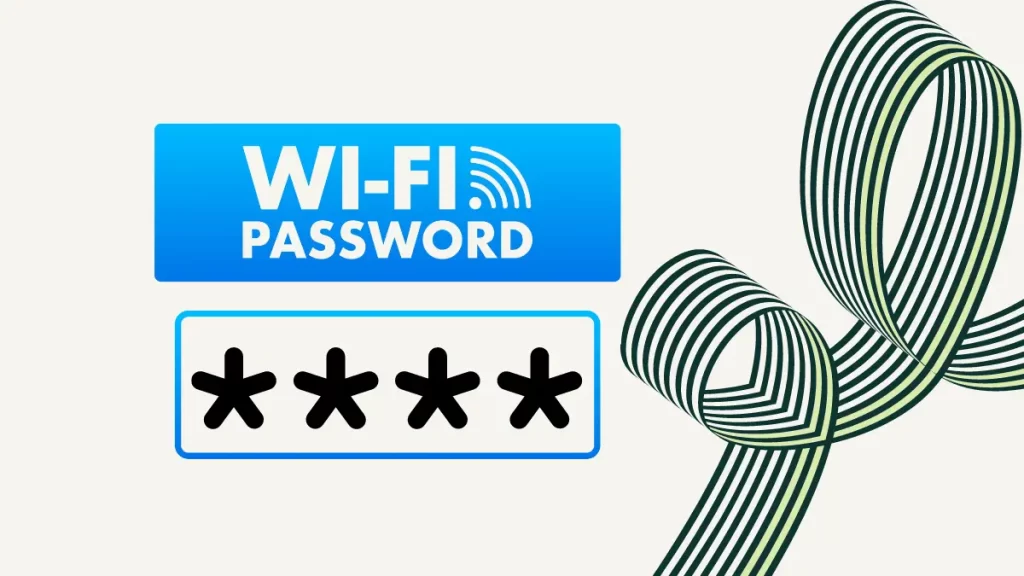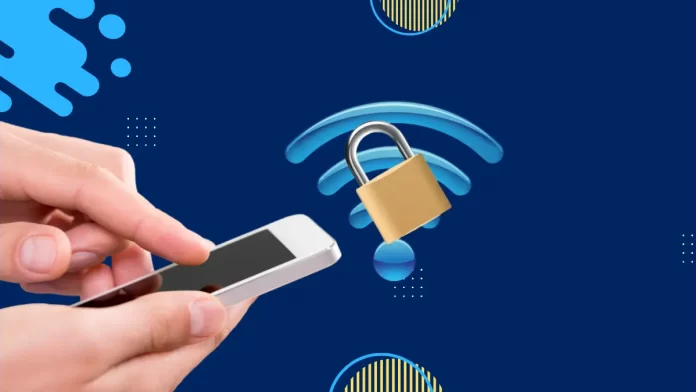In this article, I will show you how to secure your Wi-Fi network. Here’s how to keep your Wi-Fi network secure. Your home Wi-Fi network can be hacked, but there are ways to prevent it from happening. Here are different tips to secure your Wi-Fi network.
Your home Wi-Fi network is a source for cyberthieves to gain access to your personal information. Many customer routers are highly insecure, and few users take the time to keep their settings and minimize the risk.
Here is everything you need to know and implement to secure your Wi-Fi network.
Table of Contents
Secure Your Wi-Fi Network
Change the Default Router Login Credentials
In addition to password-protecting your Wi-Fi network, you’ll also want to keep anyone from being able to access your router settings. Go ahead and change your router’s admin name and password. You can access your router settings by typing its IP address into the URL bar, however, most routers and providers have an app that allows you to access the same settings and information.
Your router login credentials are identical to your Wi-Fi network name and password. If you are not sure what the default password is, you should be able to locate it on the bottom of the router. Alternatively, if it has been changed from the default location, here is how to access your router settings to update the username and password.

Customize your Router’s Admin Settings
The first thing you must do when you set up a new network or right now, if you have not already, is to modify router admin password.
Most routers have factory default passwords that are easily found online, which makes the router the first thing a hacker will attempt when looking to access and control your network. Once a bad user is connected to your router, your Wi-Fi (and everything connected to it) is no longer secure.
Set your router credentials to be long and complex, and do not use the same password for both your router admin and your Wi-Fi network login.
Security experts also recommend removing remote administrative access to your router, which prevents hackers from controlling or altering your settings from the internet. They would have to connect directly to the router via Ethernet or your Wi-Fi network.
Finally, you should change your network name, also known as the Service Set Identifier (SSID), from the default to something more unique. Don’t use any identifiable information, like your apartment number or birthdate. Changing the SSID will not prevent hacks, but it will keep strangers from easily discovering who owns your network.
Keep your Router and Devices Up to Date
Software updates always appear when you need to get online the most. While they may be irritating, they have a purpose, and that purpose often includes security updates. When companies are aware of potential or exposed security vulnerabilities, they release updates and patches to reduce or eliminate the risk. You want to download them.
Keeping your router and connected devices updated with the latest updates will ensure that you have the best protection against known malware and hacking attempts. Configure your router to automatically update in the admin settings, if possible, and periodically check to ensure your router is updated.
Enable Router Encryption
Your router was likely equipped with Wi-Fi Protected Access-2 (WPA2) encryption, which you can and should enable. Encryption encrypts your traffic and prevents eavesdropping so that only authorized users have access. Some new routers may have the stronger WPA3, a new standard introduced in 2018.
If your router has only the older encryption standard known as Wired Equivalent Privacy (WEP), then it’s a good time to buy a new router.
You should also keep your router’s firmware up to date. Not all routers do this automatically, and we have to check manually, but regular updates ensure that known security holes are patched.
Create a Strong Wi-Fi Password and Change it Regularly
This must go without saying, but I am still going to cover it to emphasize its significance. Creating a unique password for your Wi-Fi network is essential to maintaining a secure connection. Avoid easily identifying passwords or phrases, such as someone’s name, birthdays, phone numbers, or other common information. Although simple Wi-Fi passwords make them easy to remember, they also make it easy for others to comprehend them.
Be aware of your password every six months or so or whenever you think your network security may have been compromised.
Stop Sharing your Wi-Fi Password
Your network password, which you use to connect the devices to Wi-Fi, should be lengthy, complex, and distinct from your router login.
Pieter VanIperen, a software engineer and security expert, claims that using this method will prevent unauthorized people from accessing your password in the event of a breach or if someone looks at your router.
Once you have updated your network-access credentials, limit the number of people who have access. If your router allows it, create a separate guest network for them to use rather than giving out the password to everyone who comes in. Some routers also have features that will disable guest networks after a period of time.
A guest network is also the most effective way to separate your less-secure Internet of Things (IoT) devices from the computers, phones, and tablets used to access your bank accounts and other sensitive data on your primary Wi-Fi network. Smart speakers, smart TVs, smart light bulbs, and other IoT devices are more susceptible to security problems.
Use Antimalware, Antivirus, and a VPN
VPNs encrypt your traffic and encrypt your location and IP address from both hackers lurking nearby and your internet service provider. A VPN provides you with an extra level of protection on top of built-in router encryption if a bad actor is hanging out on your network.
Likewise, using the antivirus software on all of your devices can also help secure your Wi-Fi network.
When a Wi-Fi network is attacked, you don’t notice, but what is observed is when the attack attempts to reach devices on the network, VanIperen says. This will not only protect you, but it will also help detect devices that should not be there that are probing.
Create a Guest Wi-Fi Network
Can I access the Wi-Fi password? It is certainly something that all hosts have heard. Prior to sharing access to your main home network, consider creating a separate guest network for visitors. Although I don’t think your visitors will try anything malicious with your primary Wi-Fi connection, anything they download or use on your network could inadvertently infect your network with viruses or malware on their devices.
A guest network is also suitable for your IoT devices, such as Wi-Fi cameras, thermostats, and smart speakers, which may not possess a lot of sensitive information and are perhaps more easily hackable than a smarter device such as a computer or phone.


